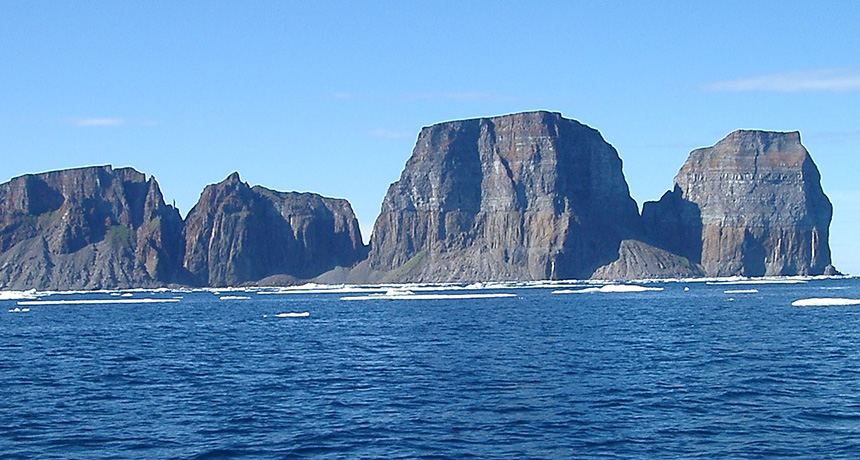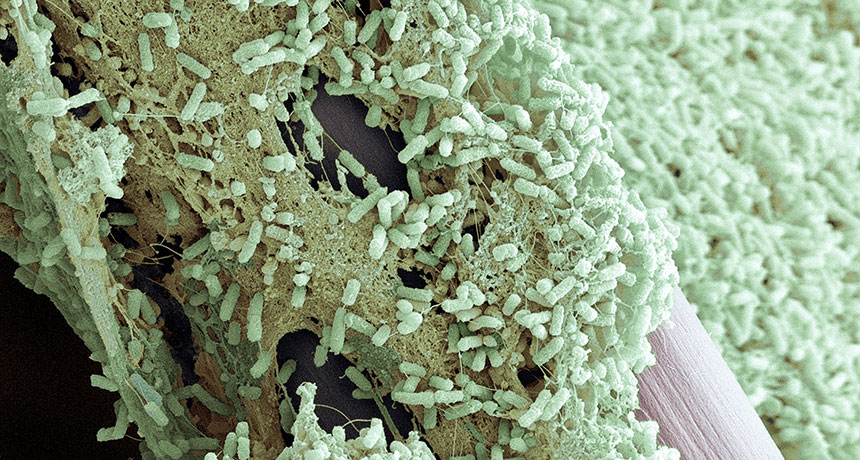Remnants from Earth’s birth linger 4.5 billion years later

Shaken-but-not-stirred remnants of Earth’s earliest years still exist nearly 4.6 billion years later.
Researchers traced the shadowy footprints of an isotope that hasn’t existed for over 4.5 billion years to much younger lava rocks from the Pacific and Atlantic oceans. That suggests that reservoirs of the ancient mantle may be hidden deep inside the planet, geochemist Hanika Rizo and colleagues report May 13 in Science.
Earth formed about 4.6 billion to 4.5 billion years ago as planetary bodies collided, disintegrating and melting to accrete into one mass like a hot, rocky lint ball. Geologists have assumed that any relics of this bumpy beginning were mixed beyond recognition.
Instead, Rizo’s team found a surprise: Some modern flood basalts have unusually high concentrations of tungsten-182. That’s significant because that isotope forms only from radioactive decay of hafnium-182. And hafnium-182 only existed during Earth’s first 50 million years. “These isotopes had to be created early,” says Rizo, of the University of Quebec in Montreal.
It is “spectacular” that some of Earth’s earliest materials may still be preserved, says Matthias Willbold, a geochemist at the University of Manchester in England. “We may have to revise our view of the Earth’s internal structure.”
Rizo and colleagues measured the tungsten-182 in flood basalts from two locations: Canada’s Baffin Bay, part of the 60-million-year-old North Atlantic Igneous Province, and near the Solomon Islands, part of the 120-million-year-old Ontong Java Plateau in the Pacific Ocean. “Flood basalts are not normal eruptions,” Rizo says. “They are capable of tapping into the deep mantle.”
Her team found that levels of tungsten-182 in the lavas varied, suggesting that the deep sources of these younger rocks were different pieces of Earth’s oldest material, each with their own isotopic signature and history. These results also show that the ancient remnants have somehow escaped being mixed by convection currents.
Geophysicists have identified two large “blobs” in the deep mantle, called large low-shear velocity provinces. Those blobs “could be candidates” for the remnants of the ancient mantle, Rizo says.

